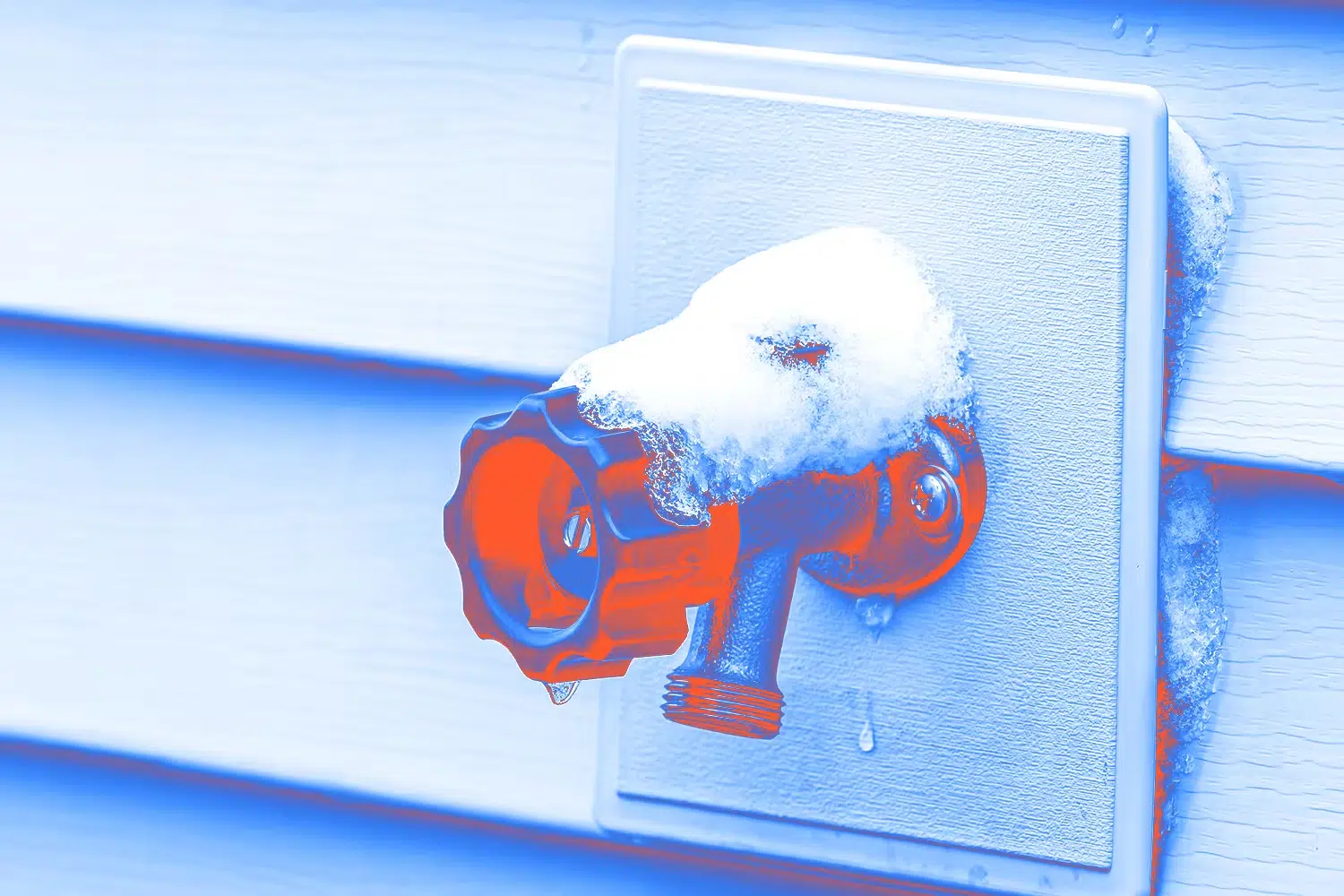
Tis the Season: Winterization in Texas

Wintertime in Texas has become more dramatic in recent years. The winter storm of 2021 left many in the Austin area without electricity or water for many days. Memories of that storm may have you thinking about winterizing your home for the colder months. Here, we cover a few of the most important steps you can take to make sure you and your family remain safe and warm should this winter lead to widespread power outages.
Test Carbon Monoxide Detectors
We’ll start with our most important tip: making sure your carbon monoxide detectors are up and running! If you use fuel of any kind to heat your home or provide energy to your stove, these detectors are literal life-savers.
- Any machinery that uses fuel as an energy source can emit carbon monoxide gas into the air in your home. This includes natural gas, gasoline, wood, kerosene, propane, and other fuels.
- This poisonous gas is colorless and has no odor, so the only way to protect yourself and your family from potentially fatal carbon monoxide poisoning is through carbon monoxide detectors.
- Every fall, be sure to test your carbon monoxide detectors. And if you don’t have them yet, install some as soon as possible!
Inspect Your Furnace
If you have a furnace, maintaining this critical piece of machinery is a must to get your home through the winter.
- To make sure it’s as safe as possible, get it tested for leaks. Fixing leaks can prevent carbon monoxide from leaking into your home.
- It’s also recommended to replace your furnace filter for maximum efficiency. A dirty filter full of pollen, lint or dust can mean your furnace takes longer to heat your home and can result in higher energy bills.
Put Your Home Equity to Work
Learn more about how you can take advantage of your home’s value for your next home improvement project.
Invest in a Generator
Local power outages are common during winter weather, as heavy snow and ice can accumulate on tree limbs and power lines. Added to this, the risk of statewide blackouts has become more likely due to an electrical grid that struggles to handle extreme weather.
To protect your family from prolonged exposure to sub-zero temperatures, it’s a good idea to make sure you have a non-electrical heating source during a winter storm. (Even if you have a gas furnace, it will most likely not function without electricity.)
- Consider purchasing an electric generator that runs on natural gas, kerosene, propane, or wood to keep your home at a cozy temperature if there’s a power outage.
- A crucial part of operating a fuel-based generator is keeping it outside of your home—generators produce hazardous gasses (including carbon monoxide!) that are not safe to have in your home or breathe in.
- The Red Cross has a great article about how to safely operate a power generator, including where to store fuel, how to protect your generator, and other key safety considerations.
Prepare Your Wood-Burning Fireplace
If you don’t feel comfortable using a generator and you happen to have a wood-burning fireplace in your home, now is the time to stock up on firewood.
- When storing firewood outside, make sure it’s at least 30 feet away from your home and kept above ground.
- Putting the firewood on a log rack will keep it dry and protect it from insects, making it safe and ready to use when you need it.
- Before you light your first fire of the season, inspect and clean your chimney and fireplace.
If you don’t use your fireplace often — typical for Texas — it’s a good idea to have a professional come out and check your fireplace for animal nests or soot buildup. A chimney sweep can clean your chimney in a matter of hours, giving you peace of mind should you need to rely on your fireplace for warmth in a winter emergency.
Keep the Heat Inside
Once you’ve heated up your home, you want to make sure that heat doesn’t escape through any cracks and gaps in your home’s exterior. You can use weather-stripping around your doors and windows to plug up any drafts, and a quick application of caulk on your baseboards or crown molding can prevent heat from escaping if any drafts are detected. To prevent heat from escaping through single pane windows, an easy and affordable solution is to invest in thermal lined curtains or drapes. Not only will heavier curtains prevent heat loss, they can also lower your heating bill.
Protect Your Pipes
As winter temperatures get colder and colder, it’s important to protect your pipes from freezing temperatures. Frozen pipes burst! Uninsulated pipes and those that run through unheated areas like basements, attics, and crawl spaces are the most likely to freeze. Burst pipes can flood your home, causing stress, wreaking havoc on your plumbing, and causing water damage.
- Before inclement weather, add insulation to any pipes that may be exposed to the cold. Place pipe wrap around exposed pipes in your attic or basement, and put insulation fittings on any outdoor water faucets.
- To prevent your pipes from bursting during short periods of time, keep water dripping from any faucets connected to exposed pipes.
- If possible, keep your thermostat set at 68 degrees or higher, and open your kitchen and bathroom cabinets to expose your piping to the warmer air in your home.
- Also, keep garage doors closed — especially if you have water supply lines in the garage.
Check Your Roof and Gutters
The added weight of snow and ice, not to mention the high winds common in winter storms, can severely damage your roof if it’s not prepared.
- Before the winter begins, inspect your roof for any broken or damaged shingles.
- If your roof needs repair or replacement, it’s time!
- Clear leaves, debris, and dirt from the roof and gutters — you want snow and ice to be able to drain properly.
- If there are any overhanging tree branches, now is the time to trim those back. Falling branches can cause severe damage to your home.
Stock Up on Emergency Winter Supplies
Be sure to have an emergency kit on hand with supplies to last for at least three days. Your kit should include enough water for the whole family (one gallon per person, per day), non-perishable food, pet food for any four-legged friends, flashlights, a snow shovel, ice scraper, candles, batteries, matches, a battery-operated radio, blankets, an emergency car kit with jumper cables, and any prescriptions and over-the-counter medications.
Power Up Your Winterization
Thinking through the steps above can help you take the actions needed for the safety of your whole family. Effective winterization happens well before dangerous winter weather, so taking action as soon as possible is important.
Successfully winterizing your home — especially if you decide to do it all at once — may involve spending some cash. Whether it’s a new roof or new plumbing, a home equity line of credit may be the solution your home needs.




